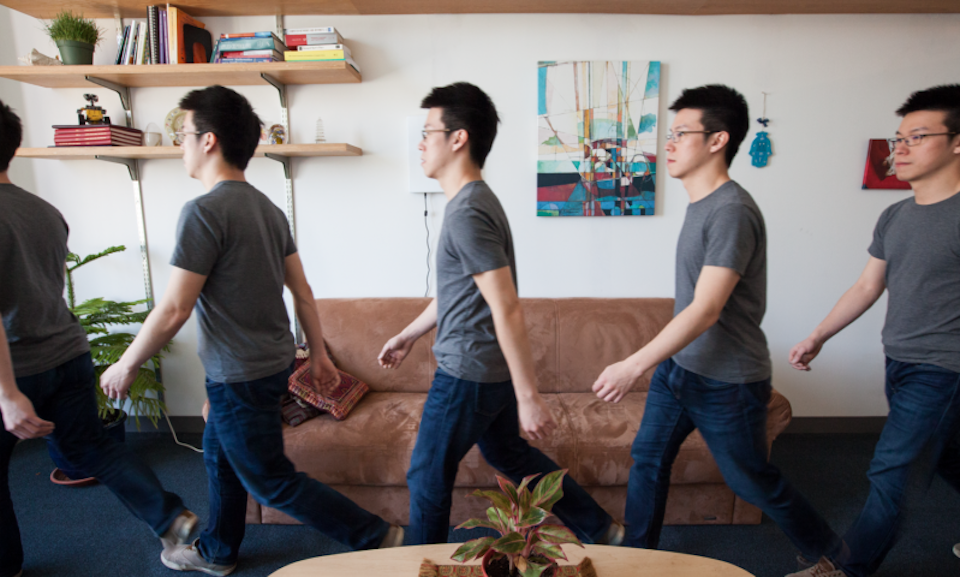MIT’s Dina Katabi, Chen-Yu Hsu, and colleagues have developed WiGait, a wall sensor that detects walking speed and stride to monitor health. This builds on previous MIT research which showed that radio signals could track breathing and heart rate, without wearables.
The system works by transmitting low-power radio signals and analyzing how they reflect off bodies within a radius of 9 to 12 meters. Machine learning algorithms separated walking periods from other activities and found the stable phase within each walking period. The sensor, when combined with wearable devices, could also track Parkinson’s and MS symptoms, and help predict health events related to heart failure, lung disease, kidney failure, and stroke, as well as the risk of falls. Caregivers could also be notified in emergencies.
Join ApplySci at Wearable Tech + Digital Health + NeuroTech Boston on September 19, 2017 at the MIT Media Lab. Featuring Joi Ito – Ed Boyden – Roz Picard – George Church – Tom Insel – John Rogers – Jamshid Ghajar – Phillip Alvelda – Nathan Intrator
